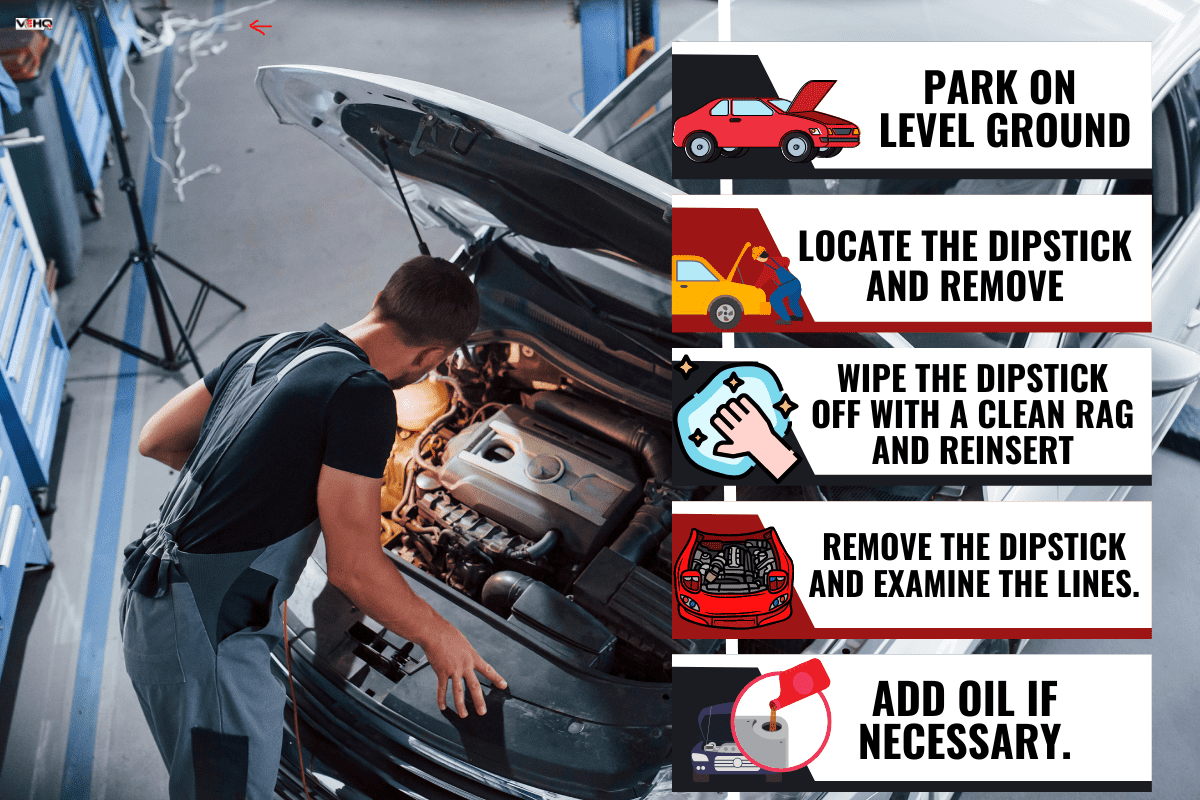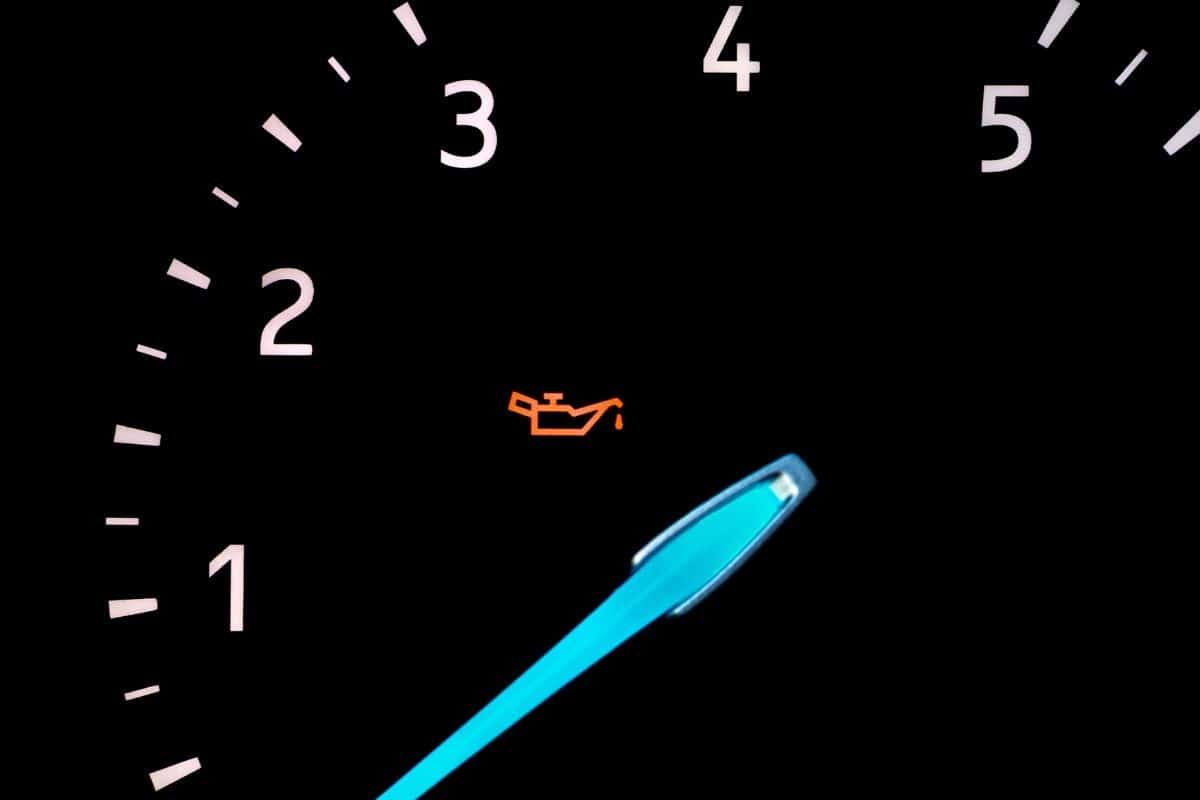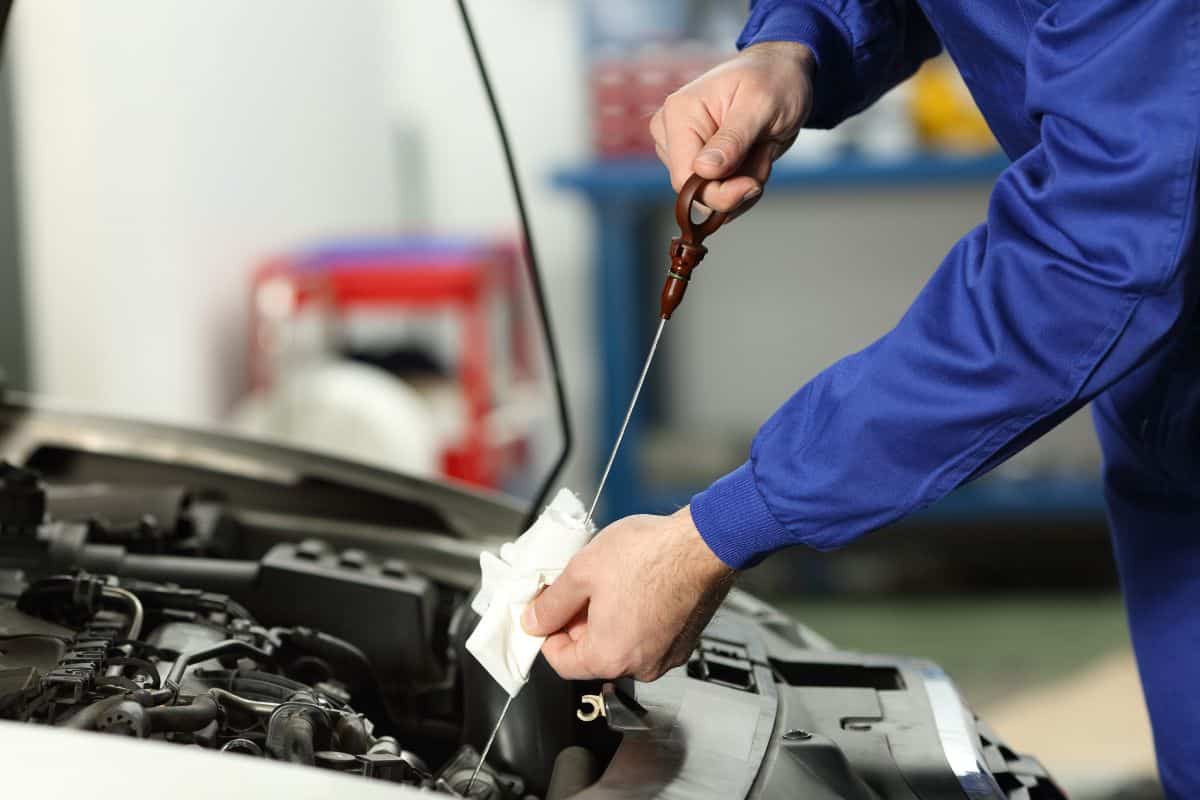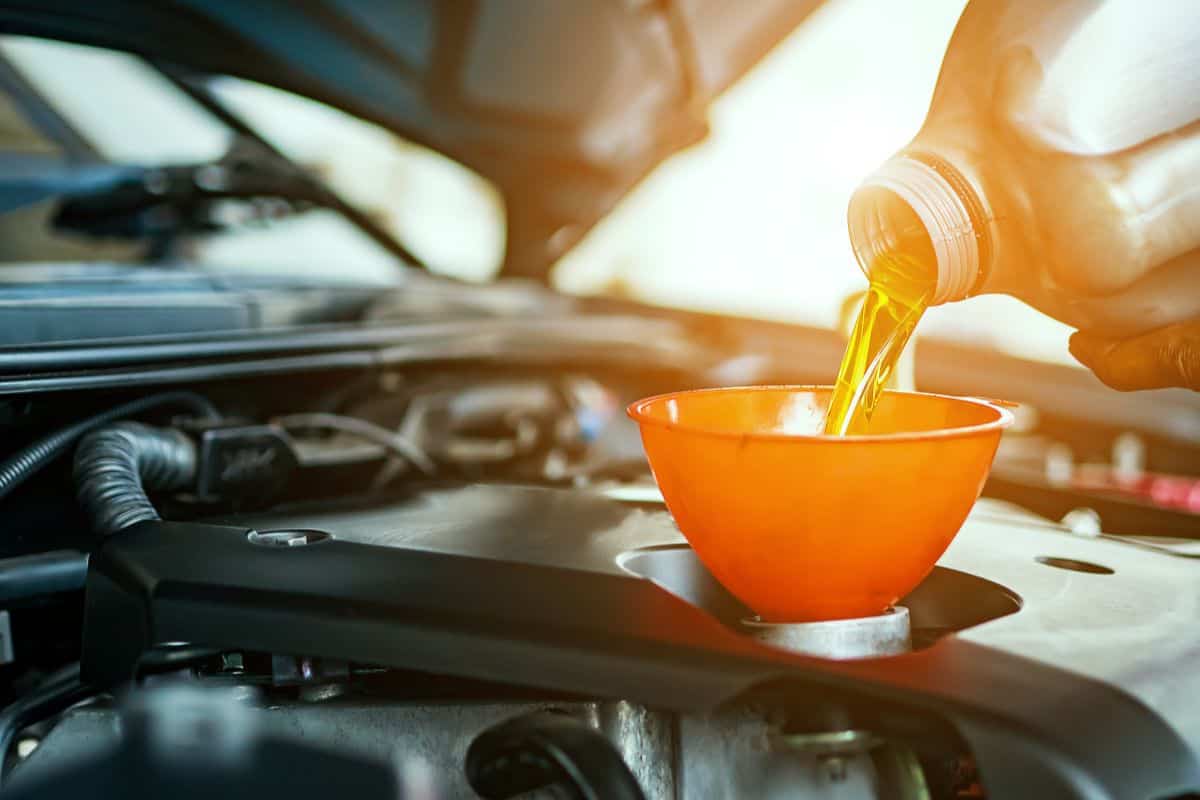Checking the oil of any vehicle is a preventative piece of maintenance that you'll need to do from time to time. But to get an accurate reading, you'll want to know exactly how it's done.
If your dipstick screws in place, you might be curious if it needs to be screwed in and taken out before the oil can be checked. We researched the best methods of checking oil from multiple professional sources, so you'll know what to do.
If you are driving a motorcycle that has a screw-in dipstick, you will not need to screw it back in place before withdrawing and checking this vital fluid level.
Now that we know that you do not need to screw in the dipstick to check the oil level, we'll take a look at the steps you'll take to check the oil properly. You might also be wondering if it's okay to check the oil while the engine is running or how you can detect if the oil level is too low in your engine.
For the answers to these questions and more, read ahead in this post to see what our research has uncovered.
How to check the oil level in your engine

Whether you have a vehicle that rides on four wheels or two, if it has a gasoline-powered engine, it will have engine oil. Checking this fluid is critical, as running the engine on too little oil will greatly damage it. Thankfully, checking and adding engine oil is a simple process.
Follow these steps in order whenever you need to check your oil level. With newer vehicles, checking it probably won't be necessary. But as engines age, they might begin to leak or burn the oil, making you top of the crankcase a bit in between routine oil changes.
Park on level ground
Before you check the oil level, you need to ensure that your vehicle is on a flat and level surface. If not, there's a good chance that you won't get an accurate reading. Once you've parked it, pop the hood, and you'll be ready to begin.
We should point out that reading the oil when the engine is cold might also interfere with the reading. It's best to do an oil level check after the engine has been running. Doing so immediately after a drive is best, but you can also start the engine and let it idle for five minutes and check it that way.
Just be sure the engine is off before you take the next step!
Locate the dipstick and remove
The dipstick will stand out under the hood of your vehicle. It's usually located to one side of the engine and can be pulled out of its holster. On a motorcycle, it will typically be found at the bottom of the engine and will almost always need to be unscrewed.
Once the dipstick has been removed, you'll be able to see oil on it. But you won't be able to get an accurate reading. Before you can do that, you'll have to clean the oil that's on the dipstick off.
Wipe the dipstick off with a clean rag and reinsert
Using a clean rag, gently wipe the oil from the dipstick. Then, carefully insert it back into its resting place. It will only need to be there for a moment.
If you have a motorcycle that has a screw-in style dipstick, don't screw it back in. You'll only need to insert it gently before going on to the next step.
Remove the dipstick and examine the lines.
Now, pull the dipstick back out. You will see a series of lines on the lower part of the dipstick, indicating how full the crankcase is. Locate the oil line to determine whether you need to add oil.
If it's "full," you just need to reinsert the dipstick [screwing it back into place if necessary], shut the hood, and you're finished. But if it's showing a low oil level, you'll have one more step.
Add oil if necessary.
The dipstick will tell you how low the engine is on oil, which takes the guesswork out of how much you'll need to add. Always use the same brand and grade of engine oil, especially when adding to the engine in between routine oil changes.
If you've followed all of these steps, you're good to go until next time! Keep in mind that if your oil is routinely running low, it can mean several issues that should be brought to the attention of a trusted local mechanic.
Is it okay to check the oil level while the engine is running?
Earlier in this post, we mentioned that you will get a more accurate reading on your dipstick if the engine has been warmed up from driving. But this doesn't mean that you should check the oil level while the vehicle is running. This can create a hazard that you will undoubtedly want to avoid.
If the engine is running, you'll be exposing yourself to many moving parts while removing the dipstick. There will also be a lot of extreme heat, possibly leading to severe burns. So it's not recommended that you keep the engine going when checking the oil level.

How can you tell if your oil level is too low?
Aside from checking the levels on your engine's dipstick, you might notice some other signs that your engine oil is running a little low.
If the engine doesn't have enough oil, the vehicle's performance can be severely inhibited. So if your fuel economy has suddenly decreased, it could indicate that oil should be changed or added.
When the engine lacks enough oil, it can also create a burning smell. The less oil it has, the more sludge will build up. This sludge will begin to burn off when the engine gets hot, filling your nose with an unpleasant odor.
You might also hear the engine clanking or grinding. These are not good signs and should prompt you to check your oil levels as soon as possible.

How often should I change the oil in my vehicle?
The engine oil is the vital fluid that keeps the machine running, hopefully for hundreds of thousands of miles. But this fluid will need to be changed out and replaced routinely to keep a fresh supply coursing through the block.

In older models, changing the oil every three months or 3,000 miles was the standard. But now, many models will not need to change traditional motor oil until the mileage reaches 4,000 or 5,000 models. Your owner's manual will specify, so read it carefully and do as instructed.
The changes are even less frequent if you use synthetic motor oil. This fluid can be in your engine for up to 10,000 miles without needing to be changed.
Is synthetic oil better for my engine?
There are pros and cons to both types of oil. Traditional oil is much cheaper upfront, making it a bit easier on the wallet. It can also be changed for a lower price. But that's where the advantages of this type of oil end.
Though synthetic oil is noticeably more expensive, you won't need to change it near as often. The savings more than even out over time. This lubricant is also cleaner, better for the environment, and creates a lot less sludge in your engine.
This substance has no organic properties, so it will not break down like its traditional counterpart. It will not evaporate, helping it to last longer in your engine.

Final thoughts
Knowing how to check your oil level can help prolong your engine's life and stave off expensive repairs. It's a quick and easy maintenance item to do and should be done routinely on older model vehicles. No matter what type of oil you use, get it changed as the maintenance schedule in the owner's manual dictates. Drive safe!
We hope this post on checking motor oil answers all of your questions. For additional information, we recommend reading the following posts:
Can You Unplug Oil Pressure Sensor [Can I Drive With It Unplugged]?
Can You Get A Motorcycle License Without A Driver's License?
